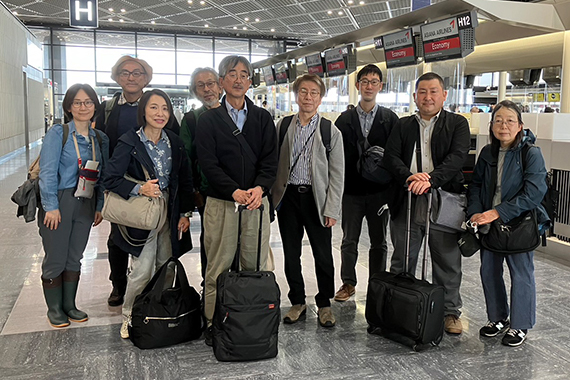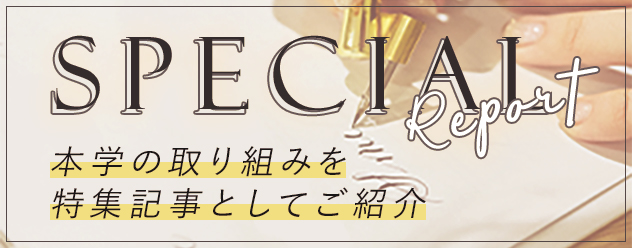トピックス
- 教育・研究
2023年04月26日
帝京大学シルクロード学術調査団が10回目のアク・ベシム遺跡調査にキルギスへ向かいました
2023年4月18日(火)、帝京大学シルクロードの学術調査団が成田空港からキルギスへ遺跡調査に向かいました。通算で10回目となるアク・ベシム(スイヤブ)遺跡調査になります。
本学は2016年4月、ユーラシア大陸を東西に貫く文明の交流の道であるシルクロードの学術調査を目的に、本学文化財研究所および文学部の教員を中心とした「帝京大学シルクロード学術調査団」を結成しました。同調査団の研究テーマは、シルクロード沿いの拠点都市の1つであったアク・ベシム遺跡の発掘を通して、その当時の人びとの生活、歴史、文化を解き明かすことです。また、過去だけでなく、現在そこに住んでいる人びとが、その土地が持つ自然環境の中でどのように生きてきたのかの調査も、大きな研究テーマとなっています。今回の調査での新たなる遺跡の発掘に、ご期待ください。
キルギス共和国
キルギス共和国は中央アジアに位置する旧ソビエト連邦の共和制国家です。国土の3分の2以上が標高3000mを超える山々で覆われており、中国との国境には天山山脈が延び、南に位置するタジキスタンに向かってパミール高原が広がっています。この高い山と東西に細長い地形から、さまざまな気候や景色、植物などが楽しむことができます。
アク・ベシム遺跡
アク・ベシム遺跡は、かつてスイヤブと呼ばれていた都市で、2つの都市が隣り合っている中央アジアでも極めて稀な遺跡です。西側にはシルクロードの交易の民であるソグド人が建設したとされる都市(第1シャフリスタン)が、東側には中国の唐が建設した「砕葉鎮(さいようちん)城」(第2シャフリスタン)が位置しています。インドへの求法の旅に向かった玄奘は、630年頃に、現在、第1シャフリスタンと呼ばれている「素葉水(スイヤブ)城」を訪れたとされ、中国唐代の詩人の李白が生まれた場所であるとも推測されています。

